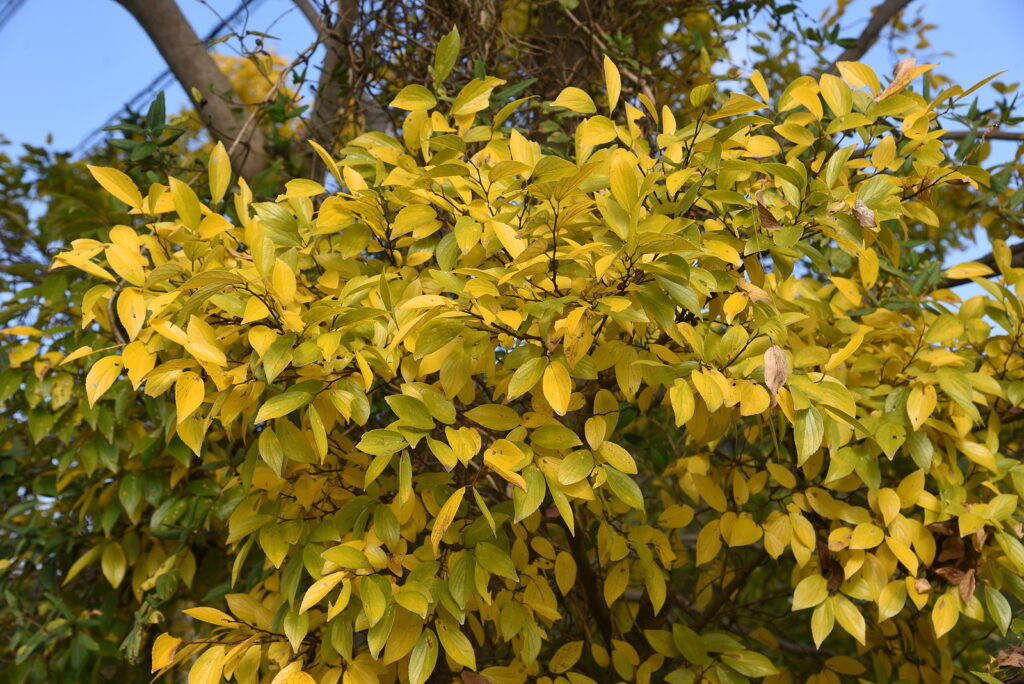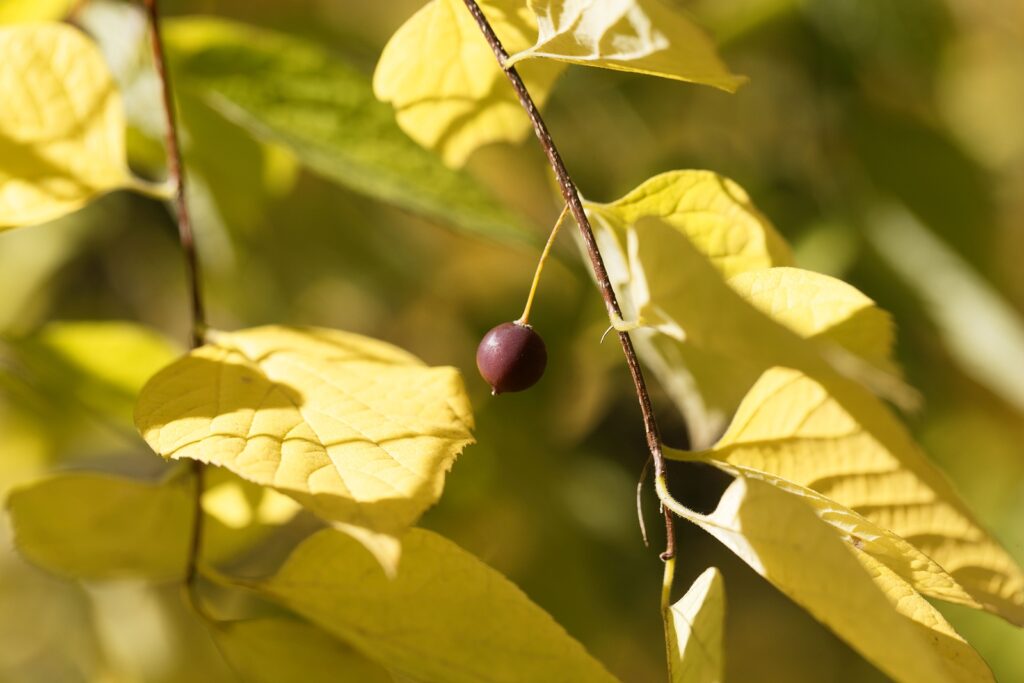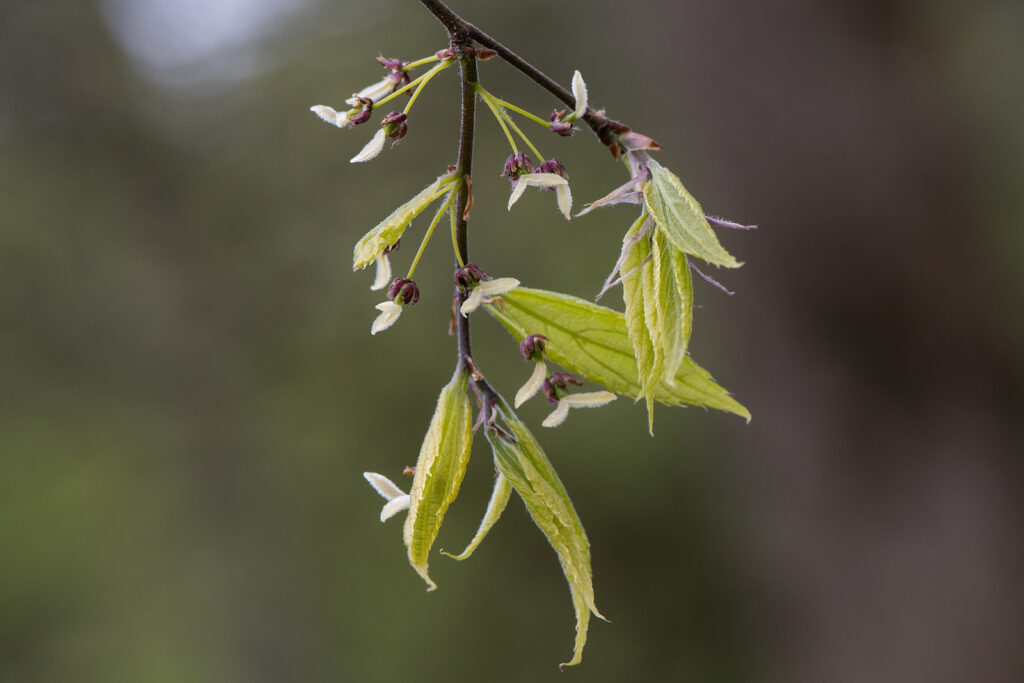Celtis—common name hackberry—is a genus of mostly deciduous trees and shrubs. Hackberries are related to elms and make good shade lawn and street trees. They can withstand very cold winters, wind, and summer heat, and drought.
Celtis is a deep-rooted plant. Hackberry roots do not grow near the surface or heave sidewalks and drives. They can be planted close to buildings without damaging foundations.
Celtis is a good choice for a lawn tree or specimen. Leaves turn yellow in autumn.
Hackberries at resistant to Dutch elm disease and are an alternative to elm trees. In mild-winter and maritime regions, hackberries often form small, multi-stemmed trunks.

Get to know Celtis – Hackberry
- Plant type: Deciduous tree; genus also includes shrubs.
- Growing zones and range: Zones 3 to 9 depending on the variety.
- Hardiness: Hardy; a good choice for cold-winter regions
- Height and width: 25 to 60 feet (7.6-18m) tall and 20 to 50 feet (6-15m) wide depending on the variety.
- Foliage: Alternate leaves are pointed ovals and usually toothed
- Flowers: Female flowers bloom singly or in pairs at the leaf bases; male flowers are clustered at the base of twigs; flowers are not showy; fruits are one-seeded sweet berries.
- Bloom time: Spring
- Uses: Street or lawn tree, shade tree for tough sites
- Common name: Hackberry
- Botanical name: Celtis species
- Family name: Ulmaceae
Where to plant Celtis – Hackberry
- Plant Celtis in full sun or partial shade.
- Grow Celtis in average to humus-rich soil. Celtis will grow in alkaline soil.

When to plant Celtis – Hackberry
- Set bare-root Celtis in the garden in spring.
- Plant container-grown Celtis in spring or autumn.
Planting and spacing Celtis – Hackberry
- Space Celtis 25 to 50 feet (7.6-15m) apart depending on the variety.
- Choose small bare-root trees with large root systems; larger bare roots sometimes fail to leaf out.
How to water and feed Celtis – Hackberry
- Celtis needs regular water to become established. Established trees need only moderate water and can withstand drought.
- Fertilize Celtis with an all-purpose fertilizer in spring after leaves have appeared.

Celtis – Hackberry care
- Mulch around Celtis in autumn with aged compost.
- Prune Celtis in winter to develop strong branch angles that resist ice damage.
Celtis – Hackberry pests and diseases
- Powdery mildew, downy mildew, and mushroom root rot, fungal root rot, and leaf spot can occur.
- Gall insects may disfigure the leaves but will not kill the plant.
- Celtis is immure to Dutch elm disease.
Celtis – Hackberry propagation
- Sow seed in a seedbed or open frame in autumn.

Celtis – Hackberry varieties to grow
- Celtis australis, European hackberry: Grows to 40 feet (12m) tall; upright growth when young; never as wide-spreading as C. occidentalis; shorter deciduous period than C. occidentalis.
- C. laevigata, sugarberry, sugar hackberry: Grows to 60 feet (19m) tall or more without rounded crown; desirable street or park tree; resists “witch’s broom”—clusters of dwarfed twigs.
- C. occidentalis, common hackberry: Grows to 50 feet tall and nearly as wide with rounded crown; branches spreading, sometime pendulous; oval finely-toothed leaves; endures adverse conditions; can be disfigured by “witch’s broom”—dwarfing of twigs.
- C. reticulata, western hackberry: Grows 25 to 30 (7.6-9.1m) feet tall with similar spread; pendulous branches; oval, tooth-edged leaves, strongly veined.
- C. sinensis, Chinese hackberry: Similar to C. occidentalis but smaller with smoother and glossier leaves.















